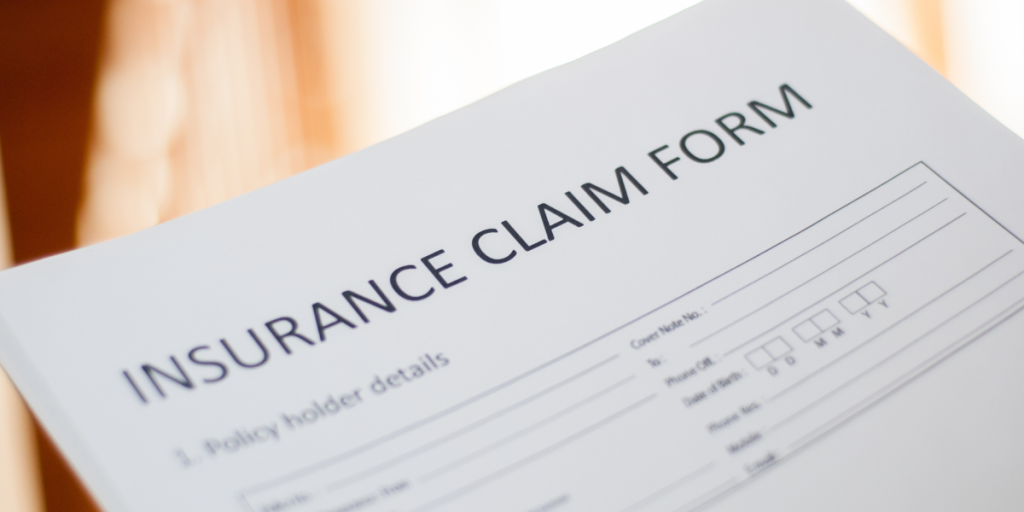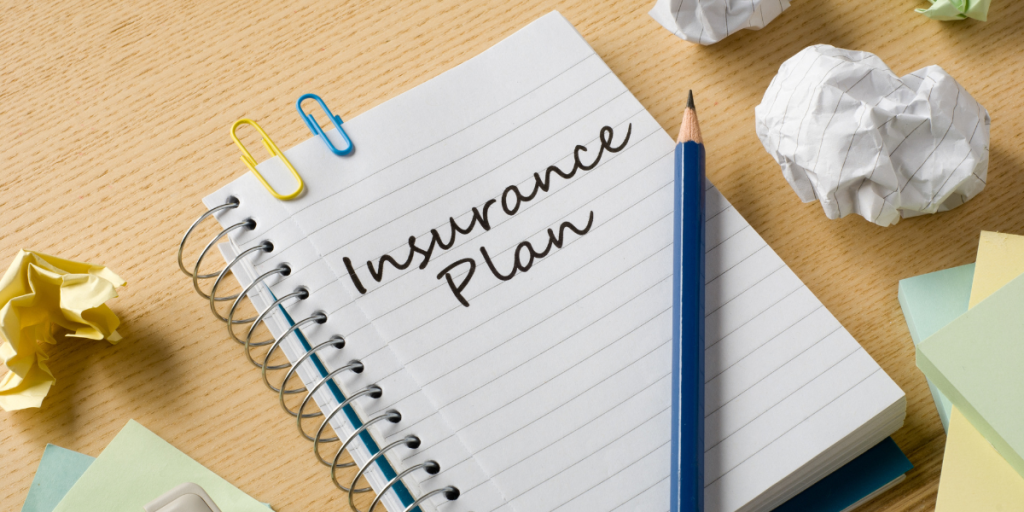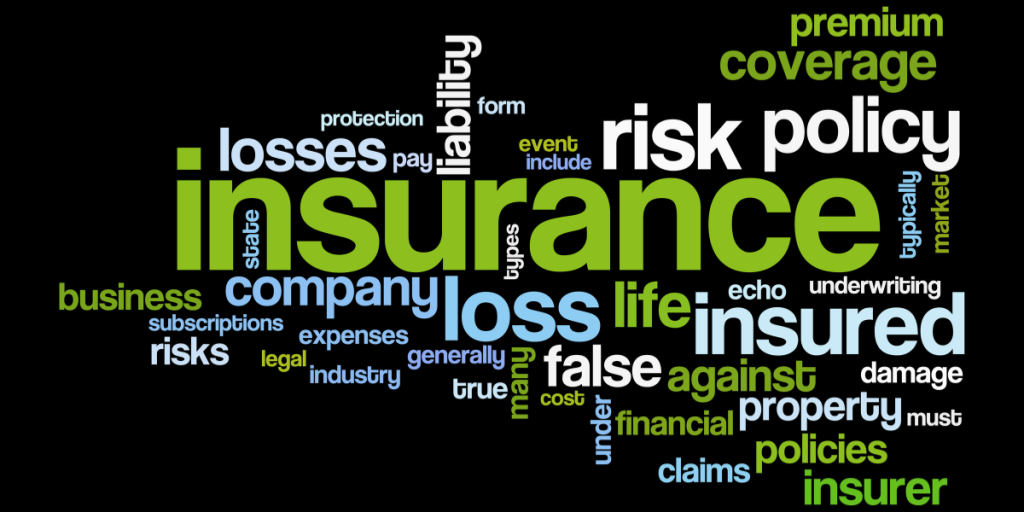Earthquakes, monsoon floods, and flash floods can damage foundations, destroy contents, and leave families scrambling. If you own a home in Pakistan, you probably want a simple answer: “Does my home policy cover earthquakes and floods?” The real answer is sometimes but not always, and the difference is crucial. In this post we’ll walk through what typical Property Insurance covers, how earthquakes and floods are usually treated, what to watch for in policy wording, and practical steps you can take with a focus on getting the right protection from an Insurance provider such as Habib Insurance Company.
What a standard home/property insurance policy usually covers
Most standard home or property insurance policies are built to protect against a range of risks, but the exact scope depends on the product:
- Building (structure): damage to walls, roof, floors, and permanent fixtures.
- Contents (household items): furniture, appliances, personal belongings sometimes limited by sub-limits for high-value items.
- Additional living expenses: temporary accommodation if your home is uninhabitable (subject to policy terms).
Policies are typically sold as either named perils (lists specific risks) or all-risk/total loss (covers everything except listed exclusions). In either case, natural disasters are often treated specially. Before buying, the buyer should be aware of what is included and what is not covered.
Earthquakes: frequently excluded but insurable as an add-on
In many markets, damage from earthquakes is either excluded from standard policies or only covered up to a very limited extent. Why? Earthquake losses are large, correlated, and unpredictable; insurers often require a separate endorsement (commonly called an “earthquake cover” or “seismic endorsement”) or a standalone earthquake policy.
Key points about earthquake coverage:
- Endorsement/Optional Cover: If you want earthquake protection, ask your insurer about an earthquake endorsement or a dedicated earthquake product. This converts seismic damage from an exclusion into an insured peril.
- Deductibles: Earthquake cover frequently carries a higher deductible (sometimes expressed as a percentage of the insured value) because initial smaller losses are often borne by the policyholder.
- Scope: Earthquake cover can include structural damage, damage to attached fixtures, and sometimes contents check the policy wording closely
- Retrofit considerations: Older buildings or those not built to seismic codes may face higher premiums or restrictions; some insurers require proof of structural measures.
If earthquake protection matters to you, make sure your Property Insurance schedule explicitly lists earthquakes as covered and notes the deductible and limits. Ask your agent at Habib Insurance Company for the earthquake endorsement options available for your property.
Floods: often excluded, sometimes covered by endorsement
Flooding is another peril that insurers treat cautiously. While some policies may include limited flood coverage (especially for water damage from burst pipes or heavy rain backed up into drains), large-scale flooding, river overflow, coastal surge, or monsoon-related inundation is commonly excluded unless you purchase specific flood cover.
What to look for regarding flood protection:
- Named peril vs exclusion: Check whether “flood” appears in the list of covered perils or in the exclusions. If excluded, you’ll need a flood endorsement.
- Types of water damage: Policies often differentiate between accidental internal leaks (usually covered) and external flood events (often excluded).
- Zone-based pricing: Properties in flood-prone areas can cost significantly more to insure and may face higher deductibles or restrictions.
- Sum insured and sub-limits: Contents and structural damage might have separate limits; expensive items may need scheduled items coverage.
Given Pakistan’s seasonal monsoon patterns and riverine flood risk in some regions, many homeowners choose to add flood coverage to their Property Insurance. Contact Habib Insurance Company throug details mentioned on www.habibinsurance.net to understand available flood covers and any required risk mitigation actions.
Important policy terms to check now
Before you buy or renew, carefully check these policy features they determine whether you’ll be paid after a disaster:
- Named perils vs all-risk: Which model is your policy? Named-peril policies are stricter.
- Exclusions: Read the exclusions list, earthquake and flood are often there unless endorsed.
- Deductible: How much you must pay out-of-pocket per claim; earthquake/flood deductibles may be higher.
- Sum insured: Is it based on market value, replacement cost, or revaluation? Underinsurance is a common cause of reduced payouts.
- Policy limits and sub-limits: Some items (jewellery, electronics) may have lower caps unless scheduled separately.
- Waiting periods and notification: How quickly must you notify the insurer after an event? Delays can jeopardize claims.
- Mitigation clauses: Some insurers require you to take reasonable steps to prevent further damage after an event (e.g., temporary repairs).
Practical steps to protect yourself
- Review your policy today: Don’t assume earthquakes and floods are covered.
- Request endorsements if necessary: Ask for earthquake and flood cover, and confirm deductibles, exclusions and limits in writing.
- Get the sum insured right: Have a professional valuation or use replacement cost estimates to avoid underinsurance.
- Document and archive valuables: Keep photos, receipts, and serial numbers in the cloud.
- Take mitigation actions: waterproof basements, install flood barriers, secure heavy furniture to resist seismic shaking; insurers sometimes reward mitigation with lower premiums.
- Understand claims procedure: Know who to call at your insurer and what immediate steps to take after a disaster (safety first, then documentation).
- Consider excess insurance: For high-value or high-risk properties, explore reinsurance or layered protection.
How a trusted insurer helps: the role of Habib Insurance Company
Choosing a reputable insurer matters. A company experienced in Pakistan’s market will understand local risks, monsoons, river floods, and seismic zones and offer tailored Property Insurance solutions. When you consult with Habib Insurance Company, ask about:
- Earthquake and flood endorsements specifically designed for the Pakistani market.
- Claims support and response time during major disasters.
- Preventive advice and approved contractors for temporary repairs.
- Flexible options for contents, jewelry, and valuables scheduling.
A proactive insurer will not only underwrite your risk but also guide you on mitigation and documentation to make claims smoother when, not if, disaster strikes.
Making a claim: quick checklist
If your home is hit by an earthquake or flood:
- Ensure personal safety: Do not re-enter unsafe structures.
- Notify your insurer immediately: Follow the notification process in your policy.
- Document everything: photos, videos, and a dated inventory of damaged items.
- Mitigate further loss: Take reasonable temporary measures (keep receipts).
- Keep originals: Hold onto invoices, purchase receipts, and repair estimates.
- Cooperate with surveyors: Provide access and information to the adjuster.
To know more about the offerings in a policy, please visit www.habibinurance.net











